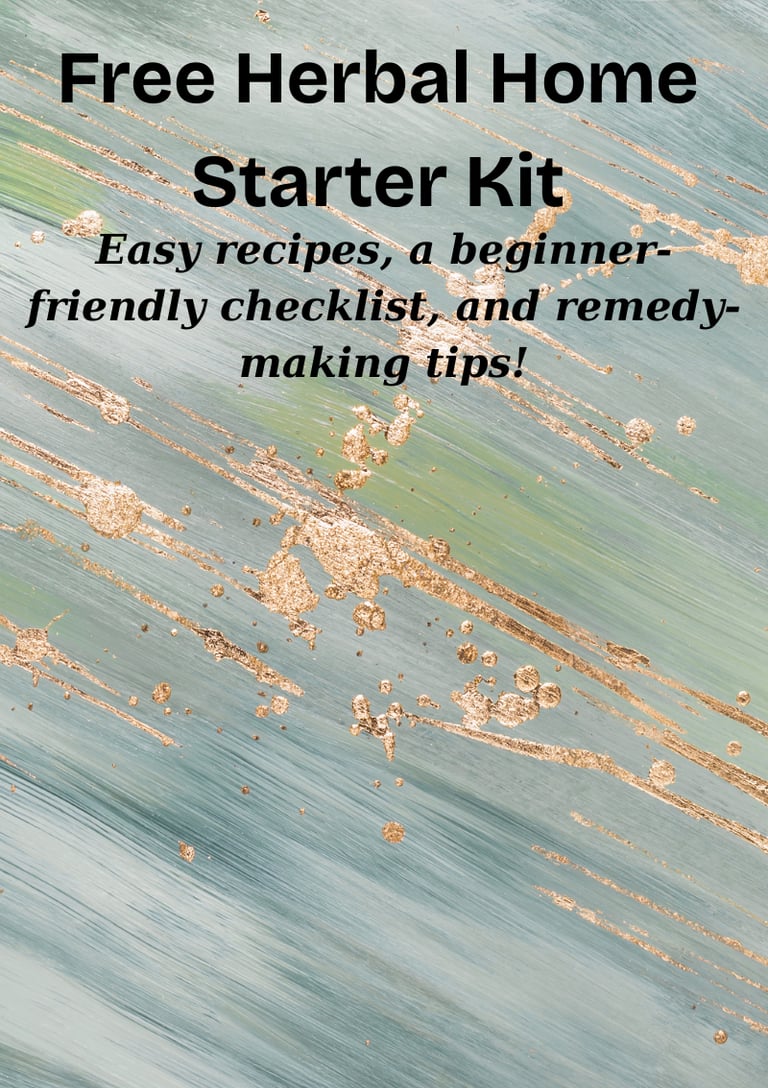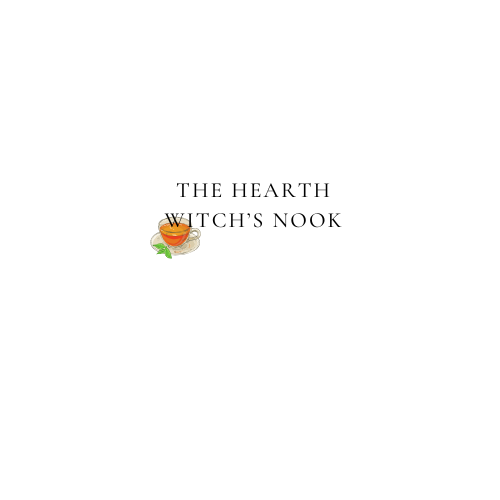Busy Homemaker's Guide to Starting a Sourdough Starter
Learn how to keep sourdough simple with this no-fuss starter guide, plus printable instructions and a pantry checklist for naturally leavened baking.
HOMESTEAD KITCHEN & PANTRY STAPLES
CJ
7/6/20253 min read


Starting the Starter
If you've ever wanted to try sourdough but felt overwhelmed by crusty terminology or confusing starter schedules I promise - this guide is for you.
Sourdough doesn't have to complicated, artisan-only, or require a full-blown science project on your countertop. With the right tools, a little rhythm, and a printable cheat sheet nearby, sourdough becomes the perfect homestead habit - one that nourishes your family and gives you options when store bread runs dry.
Made for You If...
You've been sourdough-curious but haven't made the leap - or maybe you've got a dusty jar of starter sitting in the fridge, quietly judging you. This post is your cozy intro to making and caring for a sourdough starter the easy way - no stress, no scaled required (but helpful if you've got one!)
What You'll Learn
What a sourdough starter is and how it works
How to know when your starter is ready (hint: bubbles and the float test!)
Why discard exists and how to use it without waste
The basic tools you actually need (spoiler: it's not much)
Where to grab your print-friendly one-pager when you're ready to start
What Is a Sourdough Starter, Really?
A sourdough starter is a live culture made from just flour and water. Wild yeast and bacteria from your environment (and the flour itself) begin to ferment naturally, producing a bubbly, slightly tangy mixture. Once your starter is active, it becomes your forever baking buddy - great for rustic loaves, pancakes, muffins and more.
How Do You Know It's Working?
There are three simple signs your starter is active:
It doubles in volume within 4-6 hours of feeding
It smells tangy, like sour apples or mild yogurt
It passes the "float test": a spoonful of starter floats in water
These clues mean your yeast is happy, hungry, and ready to help your dough rise
What's Discard, and Why Should Your Care?
Each time you feed your starter, you'll remove a portion of it - called "discard." It's not waste! It just hasn't been fed yet, so it's not strong enough to leaven bread. But it makes the fluffiest pancakes, crackers, or even pizza dough. Keep in mind, you do need to discard, otherwise you will run out of room in your jar. If you don't discard with each feeding, you need to increase your flour and water to accommodate for the ever increasing amount of starter in your jar.
You can use your discard instead of tossing it - and we include a kid-approved discard pancake recipe right in the printable!
Tools You Actually Need
Don't overthink it. All you need to get started is:
Flour (whole wheat or bread flour)
Filtered water
A clean glass jar
A spoon or spatula
A rubber band or jar marker
Optional but helpful: a kitchen scale and a lid, cloth, or coffee filter for your jar.
Ready to Start Your Own?
We've created a 1-page printable guide you can stick inside your pantry or recipe binder. It walks you through:
How to start your first jar
Daily feeding and care schedule
Weekly fridge storage tips
A discard pancake recipe
Signs your starter is thriving and what to do if it's not
Download the Busy Homemaker's Sourdough Starter Guide from Gumroad or Ko-fi - just $2 for a print-friendly reference!
Final Thought
Making sourdough doesn't need to be complicated - it can be as simple and satisfying as feeding a little jar of flour and water each day. Trust yourself. You've got this!
Remember the float test - it's your sign that your wild yeast is ready to rise.
And if you're ever unsure, the guide's got your back (and so do we).
Tag us if you bake something beautiful-or deliciously lopsided! That's part of the magic!
Tools I use:
Looking for starter tools or fresh-milled flour? Here are my tried-and-true Amazon favorites:
Weck jars-easy to clean. Or can use a wide-mouth mason jar you have on hand covered with a cotton cloth or coffee filter.
Silicone dough scraper set-I've ended up buying multiples just so I have enough sitting around.
Hard red wheat berries-I use Azure Standard for all of my wheat berry needs.
KitchenAid grain mill attachment-Hasn't let me down yet!
As an Amazon Associate, I earn from qualifying purchases. Thanks for supporting this cozy kitchen.


Questions? Email me at hello@thehearthwitchsnook.com
Explore natural remedies and hearth-centered living.
© 2025. All rights reserved.
Disclaimer: The content on this website is for educational and informational purposes only. It is not intended to diagnose, treat, cure or prevent any disease or health condition. Always consult with a qualified healthcare provider before making changes to your health or wellness routines-especially when using herbs, essential oils, or supplements for children, pets, or if you are pregnant, nursing or have a medical condition. The Hearth Witch's Nook is not responsible for individual outcomes.




